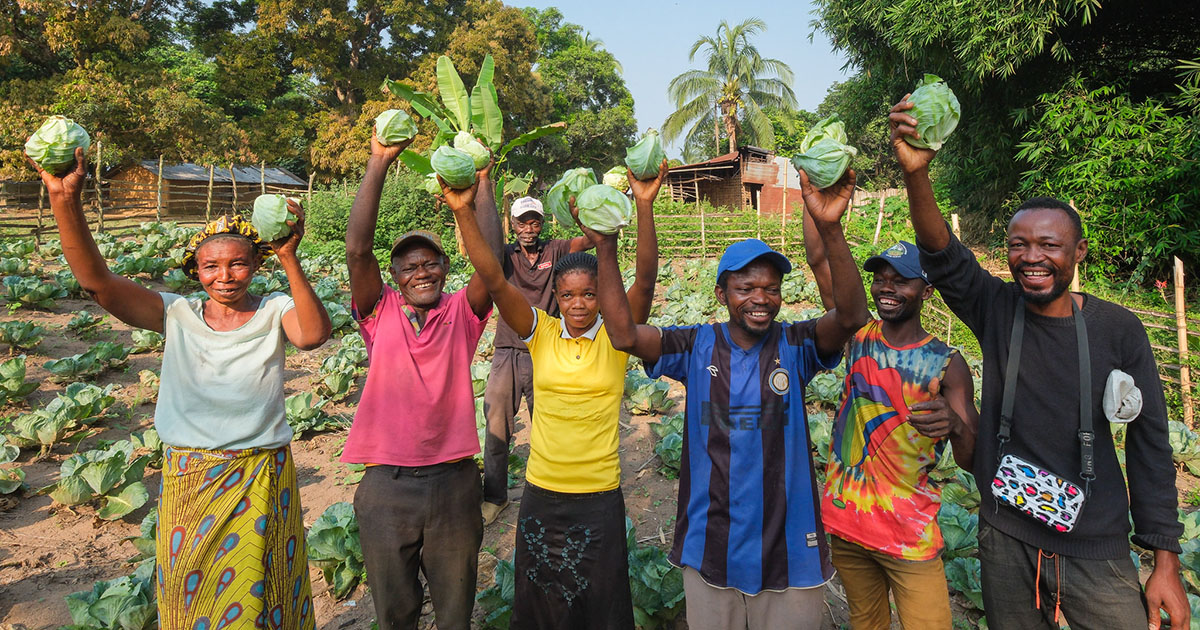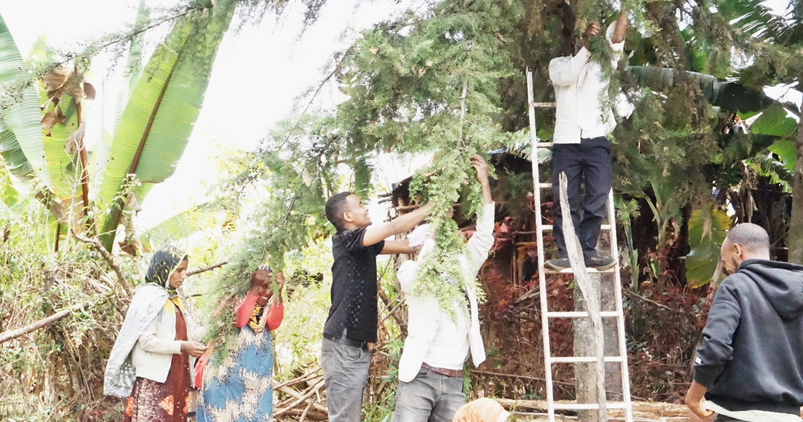Approximately 95 percent of peatlands in Indonesia have been degraded by forest fires or converted for cultivation. Forest fires release huge volumes of carbon dioxide into the atmosphere and have caused severe damage to Indonesia’s ecosystems and biodiversity, particularly in Kalimantan and Sumatra. Even though understanding post-fire environmental dynamics and biodiversity changes would be highly beneficial in determining restoration processes, baseline analyses on biodiversity and soil moisture content in burnt and degraded peatlands remain limited. Consequently, this research explores and assesses soil macrofauna diversity and properties, and changes in soil fauna patterns in a burnt peatland area currently undergoing restoration with the establishment of a bioenergy plantation in Buntoi village, Central Kalimantan province, Indonesia. Results from the study site show peatland fires causing hugely reduced numbers of soil mesofauna and macrofauna individuals, and bioenergy tree survival rates being higher in plots on unburnt than burnt peatland. Fauna species diversity, gauged using the Shannon diversity index (H), was lower in burnt than unburnt areas, though some orders – such as Hymenoptera – appear to adapt well to burned areas as we found them in both burnt and unburnt plots. Results show a significant correlation between peat fires and biodiversity. We also found that the more seriously fire damaged bioenergy trees were, the higher the likelihood of biodiversity decreasing. Generally, soil moisture and nutrient availability are key factors supporting higher soil invertebrate diversity in unburnt areas. However, results showed no significant correlation between soil moisture content and soil fauna diversity in our research site. In conclusion, understanding the severe impacts of fire on peatlands will make people more aware and less likely to use fire for clearing and preparing peatlands, thereby prolonging their use.
See the whole book and other chapters here
Download:
DOI:
https://doi.org/10.17528/cifor/008500-08
Dimensions Citation Count:

Publication year
2022
Authors
Shin, S.; Bhatta, K.P.; Wahyuni, N.S.; Samsudin, Y.B.; Artati, Y.; Baral, H.
Language
English
Keywords
biodiversity conservation, forest fires, bioenergy, soil water, ecological restoration, peatlands, degradation, shifting cultivation
Geographic
Indonesia
























